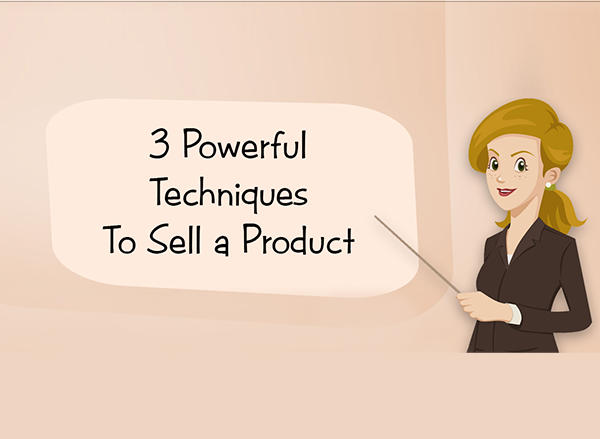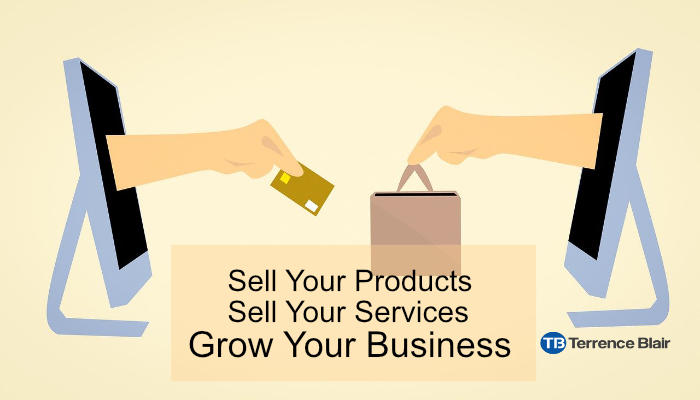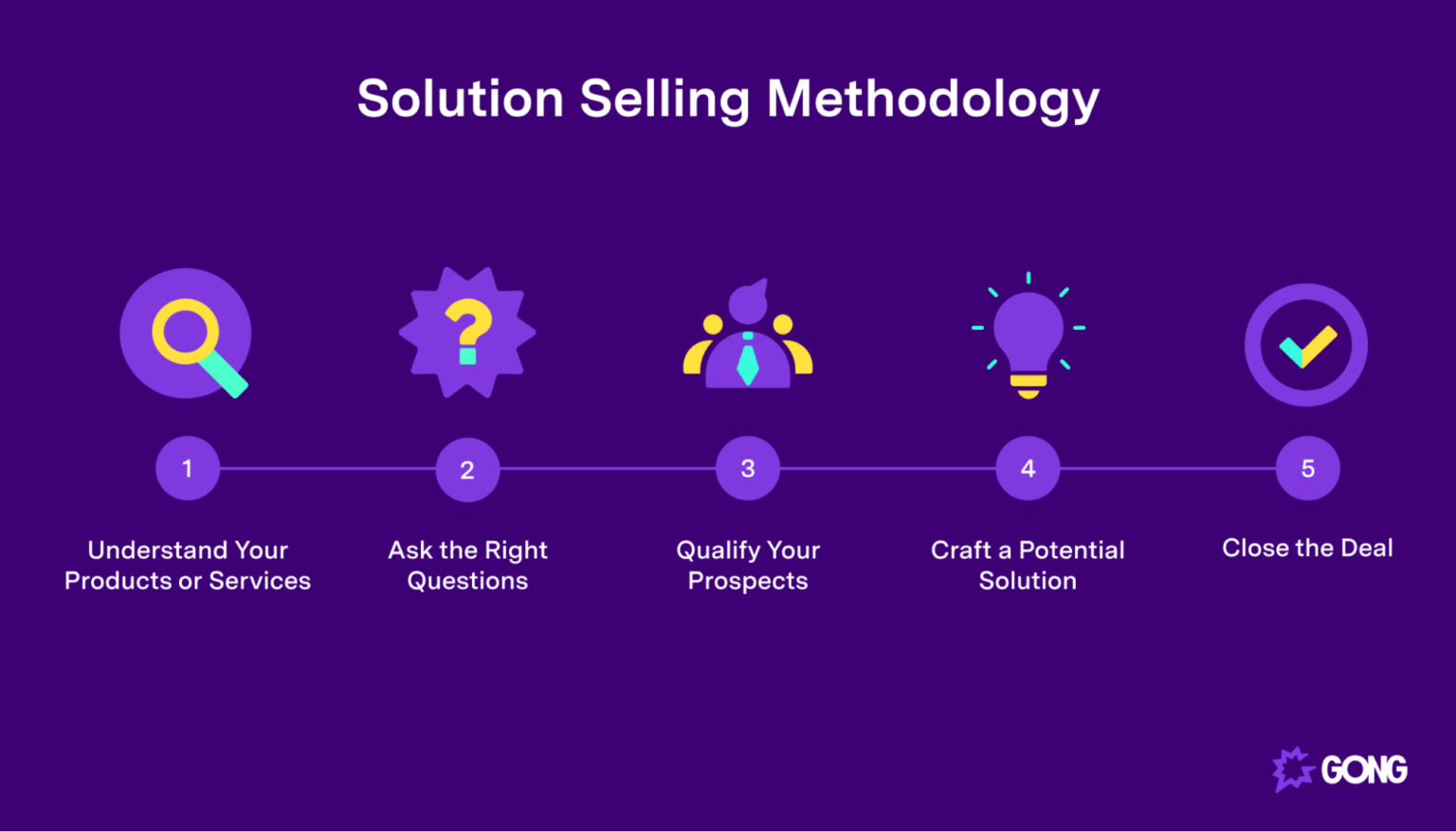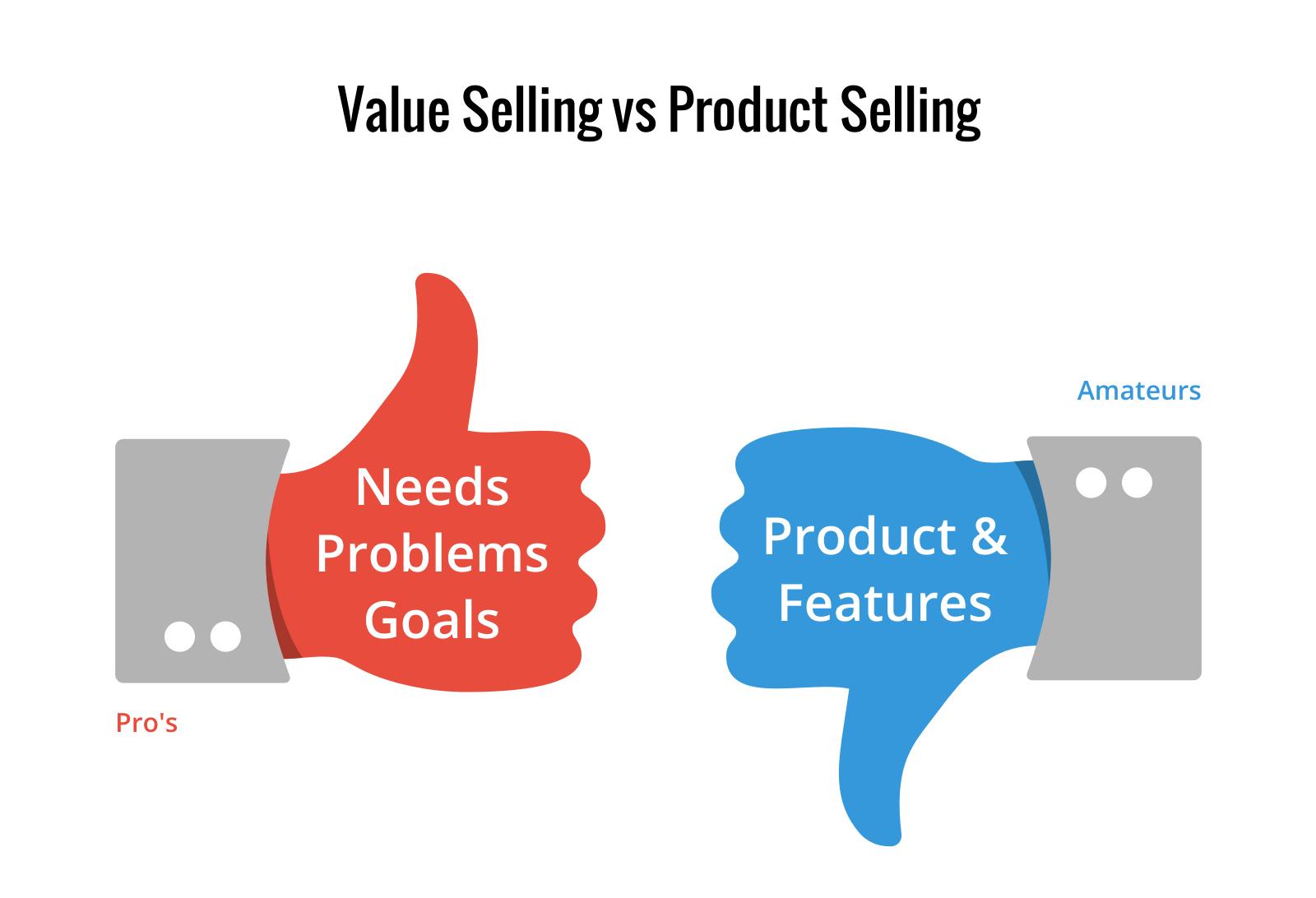Unlocking the Power of "Why": A Guide to Selling Your Product or Service
![]()
Imagine standing before a potential customer, ready to share your product or service. You’re passionate about it, you know its strengths, but how do you translate that passion into a compelling narrative that resonates with them? The answer lies in understanding the core "why" behind your offering. This "why" isn’t just about features; it’s about the benefits those features deliver and how they solve a specific problem or fulfill a deep-seated desire in your ideal customer.
Let’s break down this process, using the analogy of a three-story home to represent the journey of your customer:

Story 1: The Foundation: Understanding Your Customer’s Needs
Before you can build a compelling narrative, you need a solid foundation – a deep understanding of your ideal customer. This means going beyond demographics and identifying their:
- Pain Points: What are their frustrations, challenges, and unmet needs? What keeps them up at night? What are they struggling with?
- Motivations: What are their aspirations, goals, and desires? What drives them? What are they looking to achieve?
- Values: What principles are important to them? What do they prioritize in their lives?


Example: Let’s say you’re selling a personalized fitness app. Your ideal customer might be a busy professional who struggles to find time for exercise, feels overwhelmed by conflicting fitness advice, and wants to achieve a healthier lifestyle.

Story 2: The First Floor: Showcasing the Features
Now that you know your customer’s needs, you can showcase your product or service’s features as solutions to their problems. Remember, features are the "what" of your offering – the tangible elements that make it unique.

Example: For your fitness app, you might highlight features like:
- Personalized workout plans: Tailored to individual needs and goals, ensuring efficient and effective exercise.
- Expert-led guidance: Access to certified trainers and nutritionists for personalized advice and support.
- Time-saving routines: Short, effective workouts that fit into busy schedules.
- Progress tracking: Monitor progress, stay motivated, and celebrate achievements.



Story 3: The Second Floor: Unveiling the Benefits

While features are important, they don’t tell the whole story. The second floor is where you connect the dots, showing how those features translate into real benefits for your customer. Benefits are the "why" – the positive outcomes your product or service delivers.
Example: For your fitness app, you can highlight the benefits like:
- Increased energy and vitality: Improved fitness leads to a more energized and vibrant life.
- Reduced stress and anxiety: Exercise is a natural stress reliever, promoting mental well-being.
- Enhanced confidence and self-esteem: Achieving fitness goals boosts confidence and self-worth.
- Improved overall health: Reduced risk of chronic diseases and improved overall health and longevity.



The Third Floor: The Rooftop View: Connecting with Emotions
The final floor is where you elevate your message to a higher level. It’s about connecting with your customer’s emotions and aspirations. This is where you paint a picture of the future they can achieve with your product or service.
Example: For your fitness app, you might show images of people enjoying active lifestyles, feeling energized and confident, or celebrating milestones with loved ones. You might use testimonials from satisfied customers who have experienced the positive transformations your app has helped them achieve.
Here’s how to craft a compelling narrative:
- Start with the Problem: Open by acknowledging the challenges your ideal customer faces. This establishes a connection and makes them feel understood.
- Introduce the Solution: Present your product or service as the solution to their problem. Highlight the key features that address their specific needs.
- Showcase the Benefits: Explain how those features translate into tangible benefits that improve their lives. Use strong verbs and vivid language to paint a picture of the positive outcomes they can expect.
- Connect Emotionally: Appeal to their aspirations and desires. Show them the future they can achieve with your product or service.
Remember:
- Focus on the "why" not just the "what": Don’t just list features; explain how they benefit your customers.
- Use storytelling: Engage your audience with relatable stories and examples.
- Be authentic and genuine: Your passion for your product or service will shine through.
- Tailor your message: Adapt your approach to the specific needs and interests of your target audience.
By following these principles, you can transform your product or service from a mere offering into a powerful solution that resonates with your customers on a deeper level. You’ll not only increase your sales but also build lasting relationships with customers who feel truly understood and valued.

